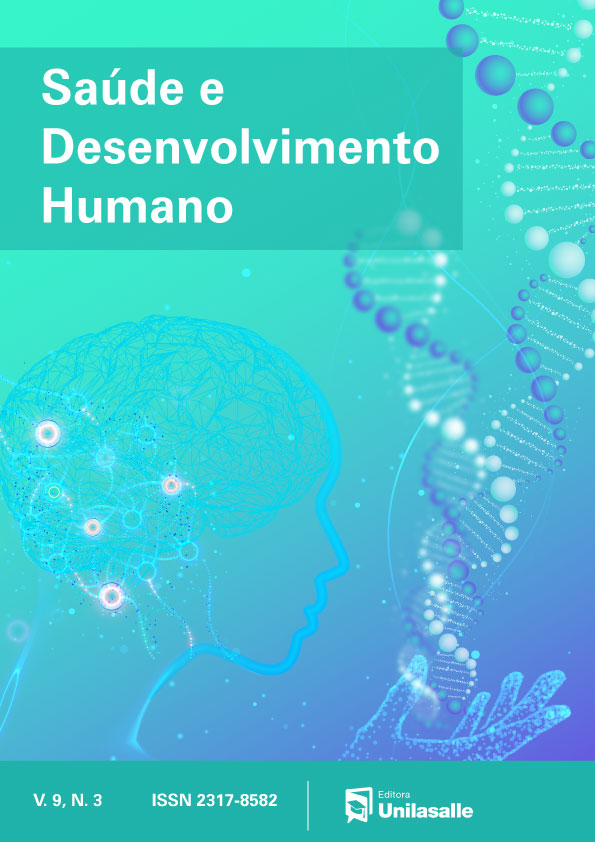Pharmacological and non-pharmacological therapies in the treatment of Alzheimer’s Disease – A Narrative Literature Review
DOI:
https://doi.org/10.18316/sdh.v9i3.7098Keywords:
Alzheimer’s Disease, Pharmacokinetics, Pharmacology, Cholinergic Agonists, Glutamate ReceptorsAbstract
Introduction: Alzheimer’s disease (AD) is the most common form of neurodegeneration associated with the aging of the population that has a great socioeconomic impact. Elderly people over 65 years of age are the most affected and the drugs so far for treatment aim to improve symptoms and slow the progress of the disease.
Methods: the descriptors “Alzheimer’s”, “Pharmacokinetics”, “Pharmacology”, “Colynergic Agonists”, “Glutamate Receptors”, medicine leaflets and data from the Brazilian Institute of Geography and Statistics were used for the search of articles, as well as articles from databases such as Pubmed.
Results: the most used drugs at the moment are those that act on cholinergic and glutamate pathways, both are available by SUS and are the first therapies to be prescribed, the latter being used in more severe cases of the disease. There are also new drugs that still need additional studies to evaluate their efficacy, among them immunotherapy and a possible vaccine with anicorps against the amyloid aggregate. There are alternative therapies, such as physical exercises that help to slow the progress of the disease.
Conclusion: the pharmacological scenario of DA offers drugs where one already knows exactly its pharmacokinetics, pharmacodynamics and associated side effects, but one can see that there are still drug options that need additional studies to be a therapeutic option in the future, which maintains the hope that one can still find drugs with greater effectiveness, less toxicity and side effects.
References
Downloads
Published
Issue
Section
License
Authors who submit their manuscripts to be published in this journal agree to the following terms:
- Authors retain copyright and grant the journal right of first publication with the work simultaneously licensed under the Creative Commons Attribution License that allows the sharing of work and recognition of its initial publication in this journal.
- By virtue of the articles appearing in this open access journal, articles are free to use, with proper attribution, in educational and non-commercia.


